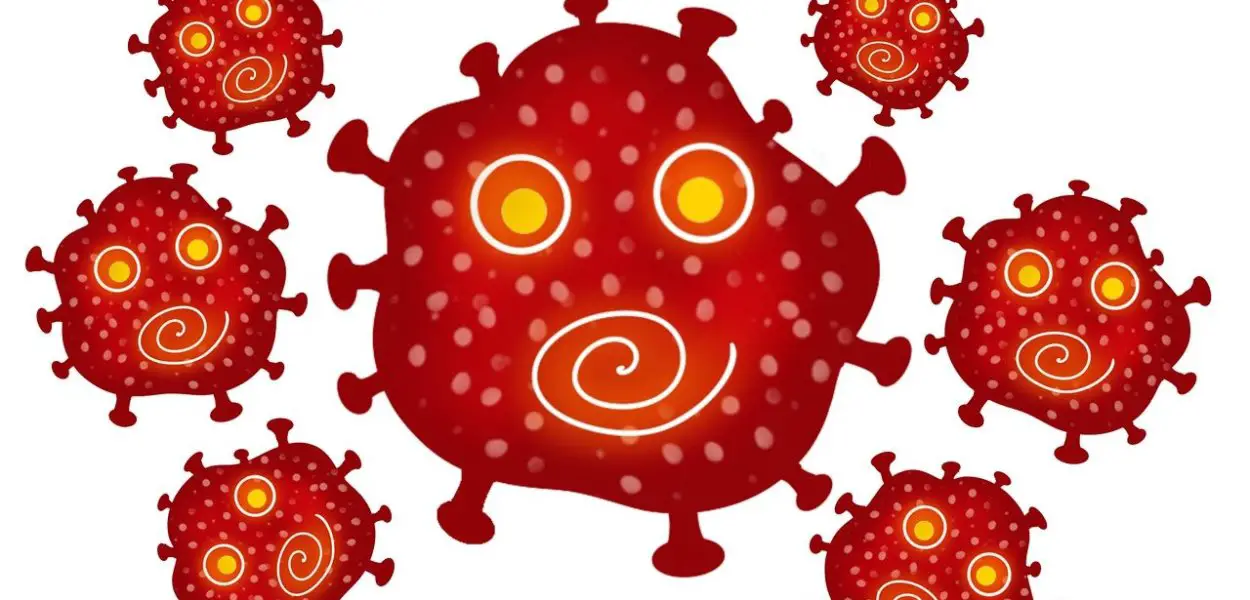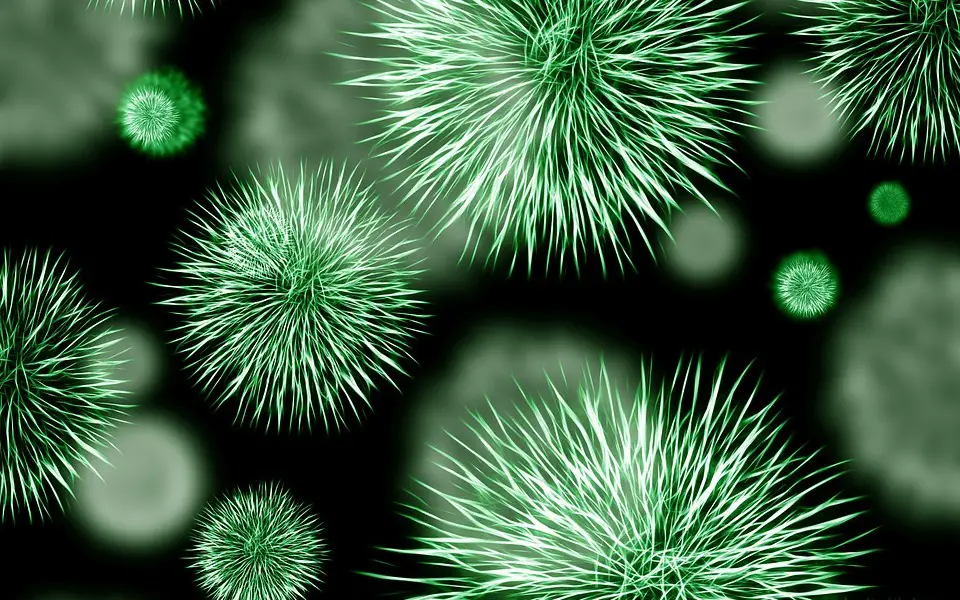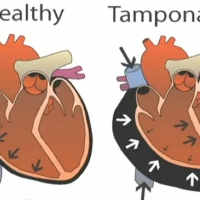Biology 101: Gel Electrophoresis
In this educational lesson, we learn about the purpose of gel electrophoresis and how gel electrophoresis works. Gel electrophoresis in a method of separating DNA. It can be used to separate the size of DNA, RNA, and protein. You first start with a variety of different fragments of DNA all mixed together. The gel is a porous matrix like a sponge and separates the DNA based on two main things: 1) size and 2) charge. The charge on DNA is what makes it move through the gel. DNA is a negatively charged molecule, so it will move towards a positive charge.



















